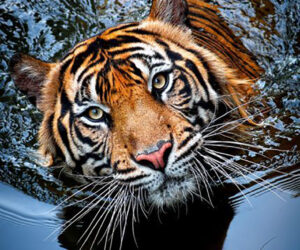Insects are everywhere around us. You might not see them, but they are there. Some people find insects super interesting. Yes, some people cannot stand the thought of them. If you have entomophobia or fear of insects, stop reading. But if you do not, continue reading to find out about some of the scariest insects on the planet.
Just for info, there are roughly 1 million insect species on Earth. That leaves a lot of room for creepy crawlies. Read on to find out more.
Scorpion Fly
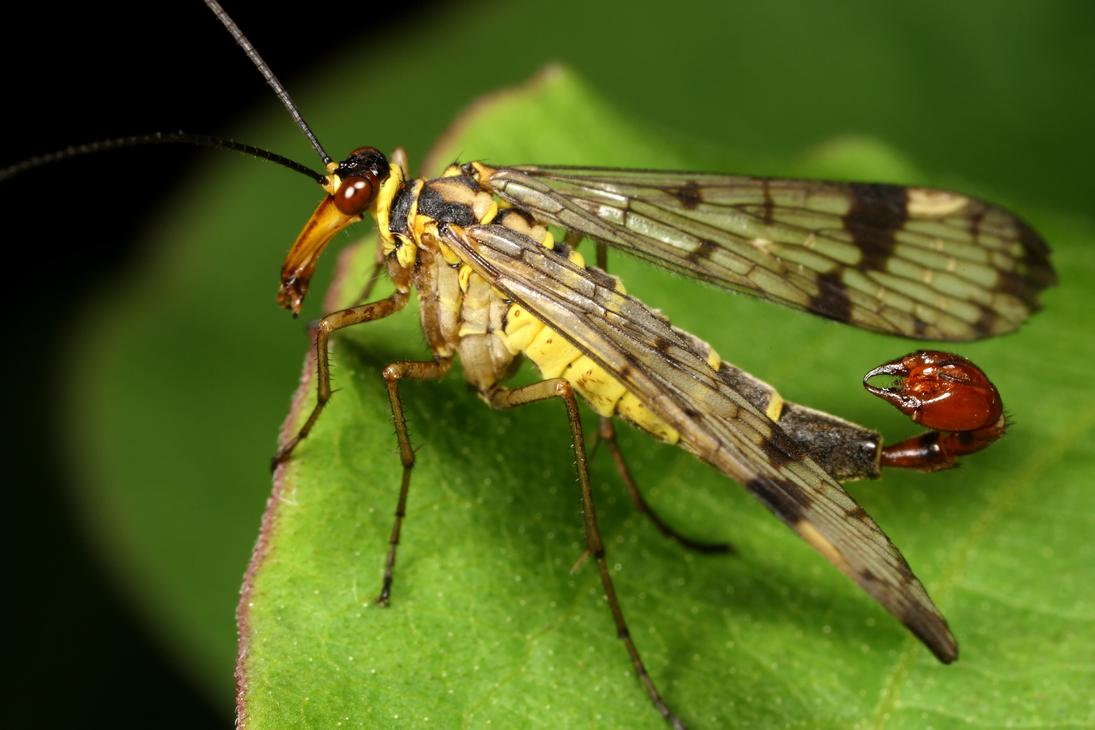
This fly looks like something out of a horror movie. Definitely not your common fly. The name Mecoptera comes from the Greek word mecos (long) and ptera (wings). There are six hundred species in this group in nine families.
Males have enlarged genitals looking similar to the stingers of scorpions. And if their appearance will not give you nightmares, their activity might. This fly’s interest in human corpses. This feature has assisted scientists in human cadaver studies.
Asian Giant Hornet
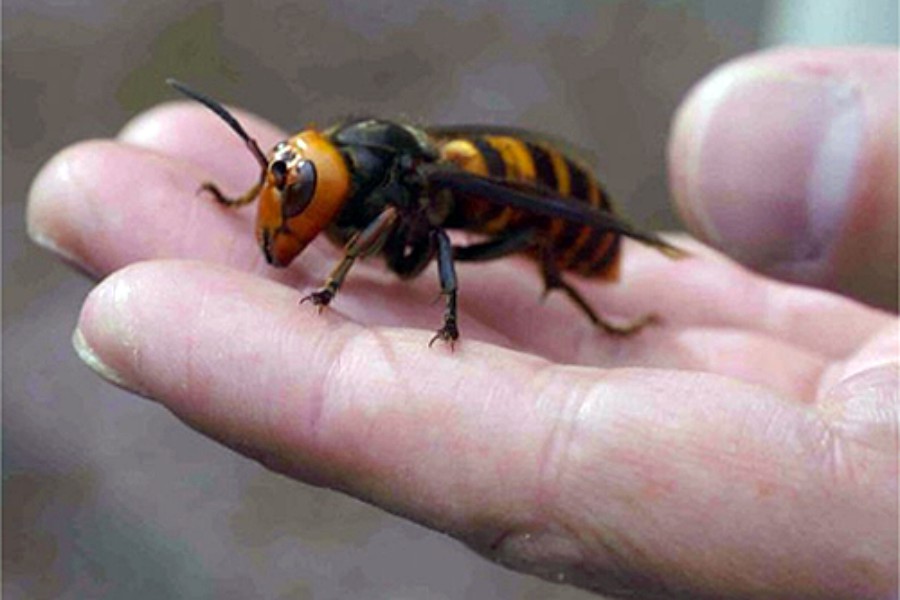
This is the world’s largest hornet. It is native to temperate and tropical East Asia, South Asia, and Mainland Southeast Asia. You can also find them in parts of the Russian Far East. Some refer to it as a Japanese giant hornet.
In 2019, scientists found species of it in North America. Then they found more in 2020, prompting a concern this insect might grow to an invasive species.
These insects prefer to live in low mountains and forests. They completely avoid plains and high-altitude climates.
The hornet has a stinger of 6mm long, which can inject a large amount of potent venom. The common name for this hornet is murder hornet.
Goliath Beetle
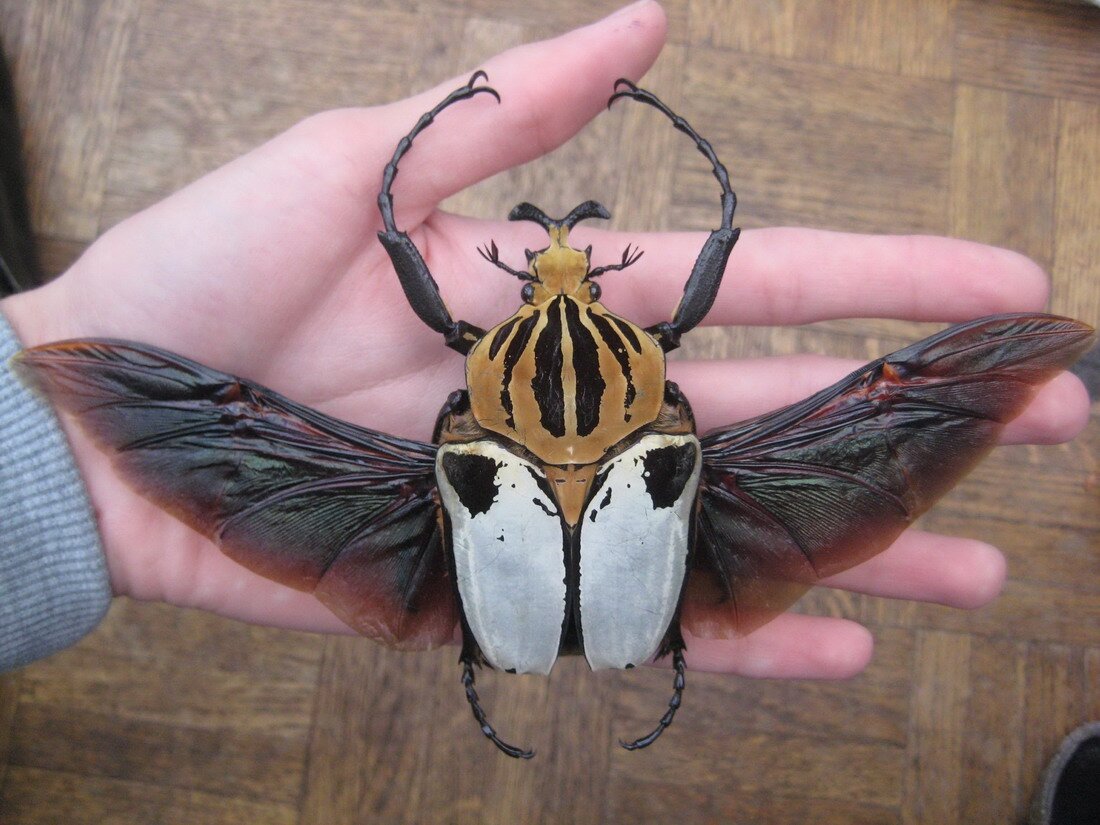
Speaking of large and giant insects, we have to mention the Goliath beetle. It is among the largest insects on Earth. Some people even have them as pets, and they feed them dog and cat food. You can find it mostly in Africa, with countries like Namibia, South Africa, and Botswana considered popular habitats.
Named after the biblical giant Goliath, it is one of the five species in the genus Goliathus. They live in tropical forests, feeding primarily on tree sap and fruit.
In captivity, they have been successfully reared from egg to adult using protein-rich foods. They grow between 2.4 and 4.3 inches for males and 2 to 3 inches for females. Males have brown, white, or black color, while females range from dark brown to silky white.
Brahmin Moth Caterpillar
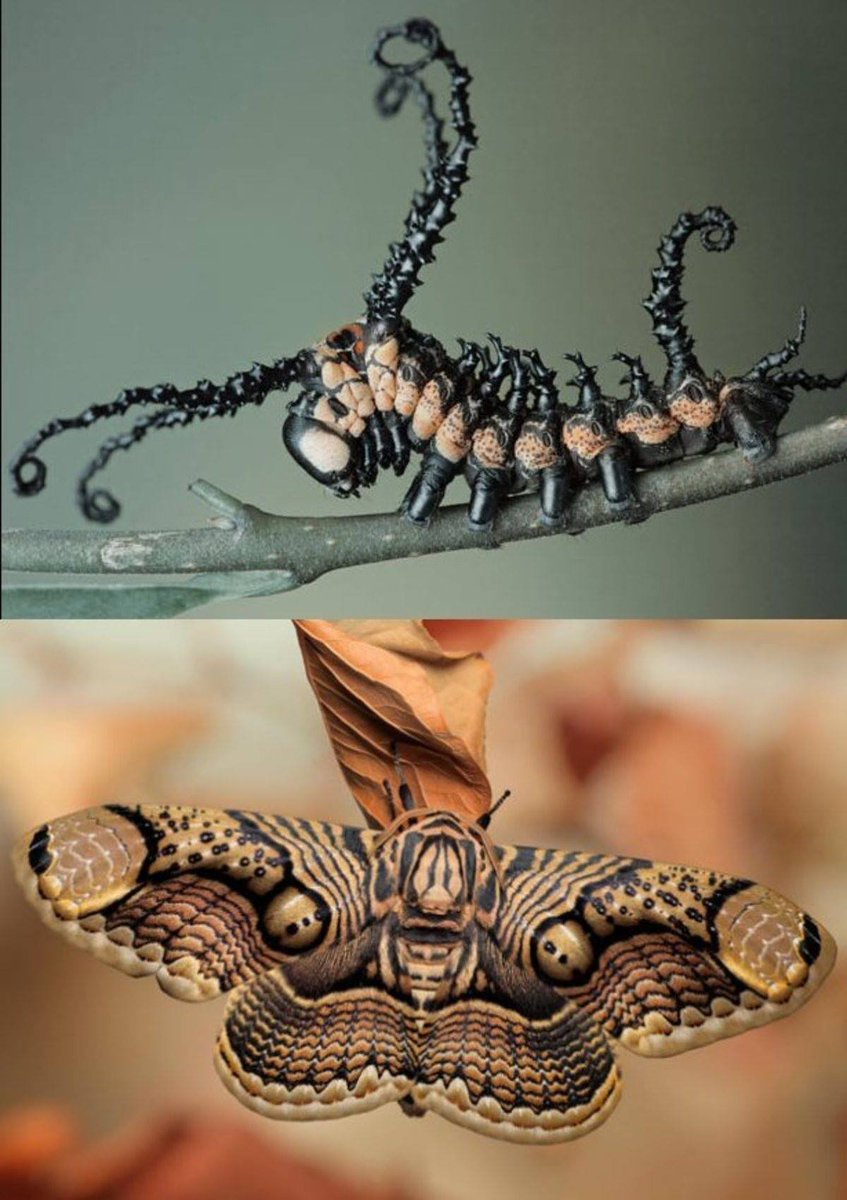
Look at this moth closely, and you will come to the understanding it resembles an alien. They have tentacles like spindles reaching up from the abdomen. These tentacles serve as a very effective defense mechanism.
Popular by the name owl moth, it is one of the largest species. They have well-developed eye spots on the front wings and a characteristic pattern of stripes. Their robust body comes in black or brown color, with some orange-brown stripes.
They are active at night, and during the daytime, the owl moth rests with outspread wings on tree trunks or on the ground. Fun fact: When you disturb them, they do not fly away. Instead, they fiercely shake.
Domestic Silk Moth
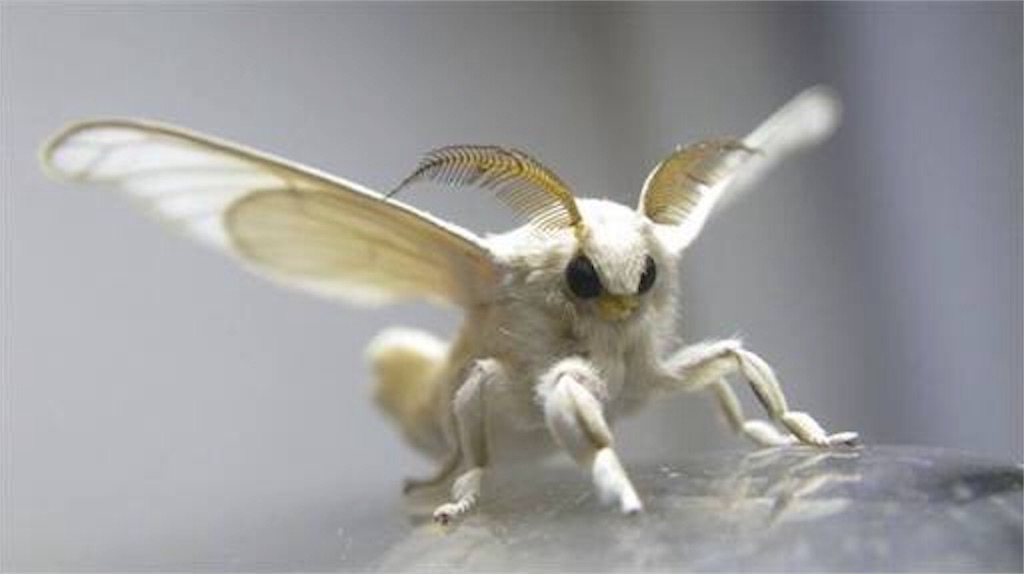
Here is another moth on the list, this one from the moth family Bombycidae. It is a close relative to the wild silk moth.
This moth has huge importance to the economy. Why? Because it is the primary producer of silk. In China, we have sericulture or the practice of breeding silkworms for the production of raw silk. The more than 5,000-year-old tradition has spread to India, Japan, Nepal, Korea, and the western countries as well.
These domestic silk moths have lost the ability to fly, as well as their color pigments.
Giant Burrowing Cockroach
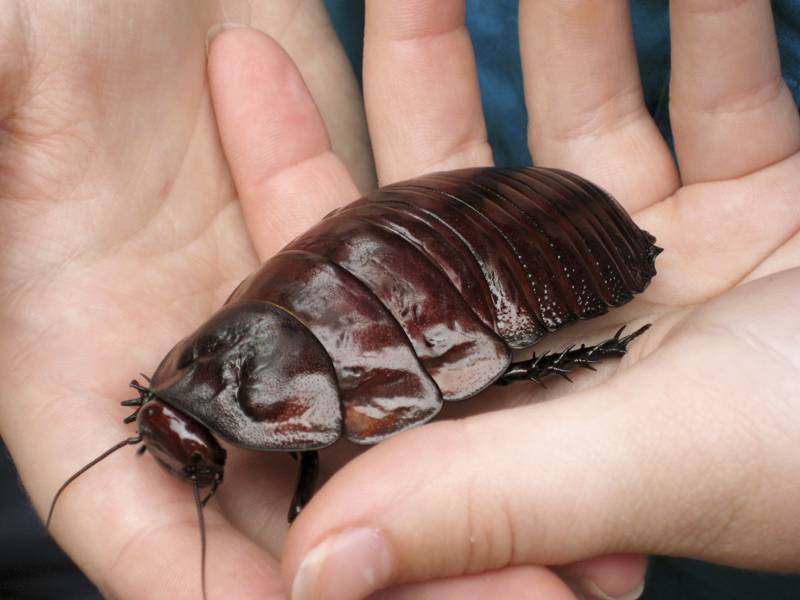
The popular name of this insect is rhinoceros cockroach. It is the heaviest cockroach species. The giant cockroach can weigh up to 35g. That makes him almost as heavy as a golf ball. They love to burrow into the ground.
Native to Australia, you can find them in tropical and subtropical parts. Unlike other cockroaches, this one does not have wings. We do not consider them a pest. Instead, they play a vital part in our ecosystem by consuming dead leaves, mostly eucalyptus.
In Brisbane, Australia, many people sell them as pets.
Bullet Ant
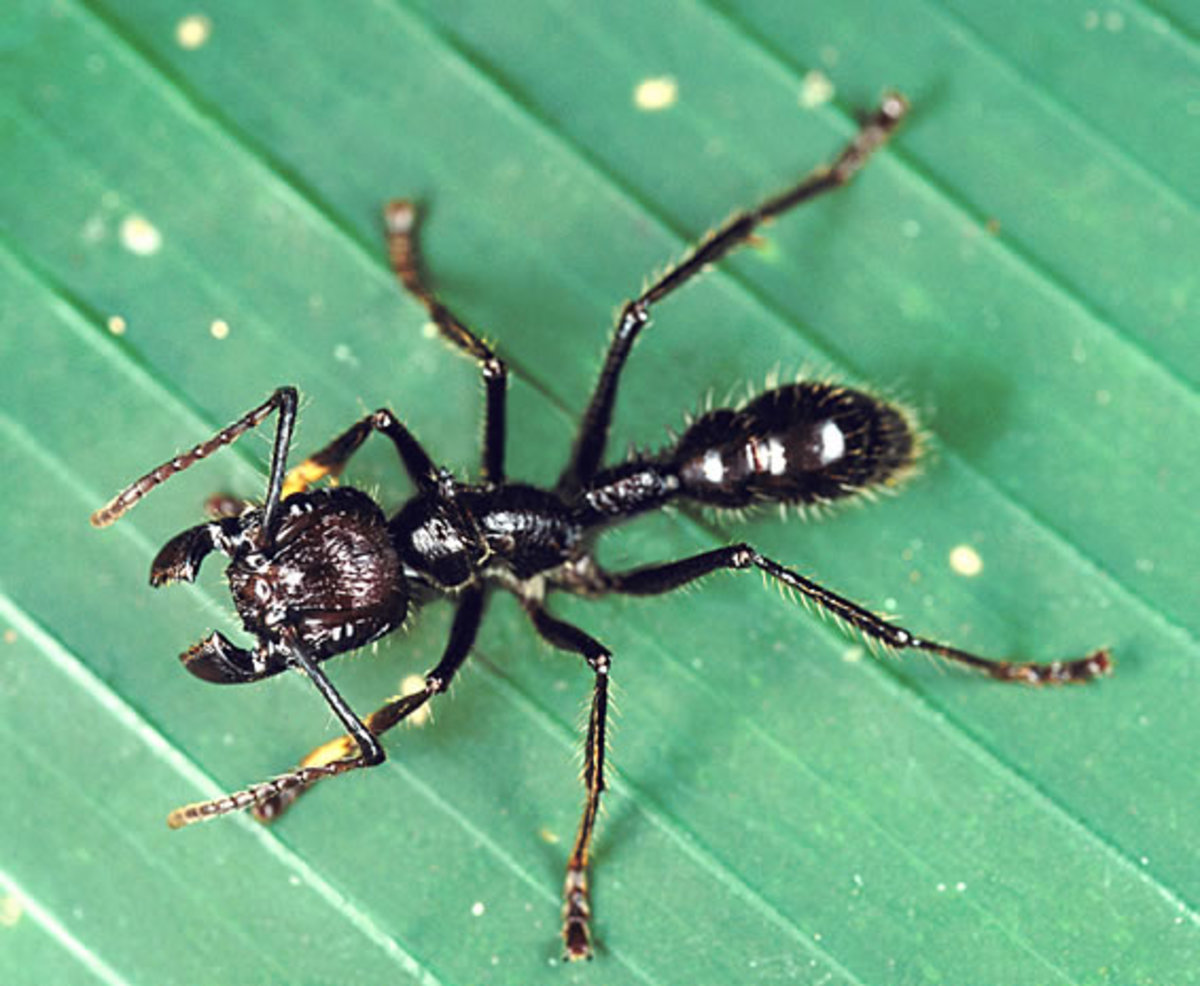
Paraponera clavata, or bullet ant, has an extremely potent sting. This ant inhabits humid lowland rainforests, ranging from Nicaragua to the extreme east of Honduras and south to Paraguay.
They resemble stout, reddish-black and wingless wasps. This ant is predatory and does not display polymorphism in the worker caste.
These ants do not show aggressiveness. But when they defend the nest they are vicious. They produce a stridulating sound and sting with ferocity.
Their sting sits on top of Schmidt’s sting pain index at 4.0+. So pay attention, and try not to get stung by one.
Thorn Bug
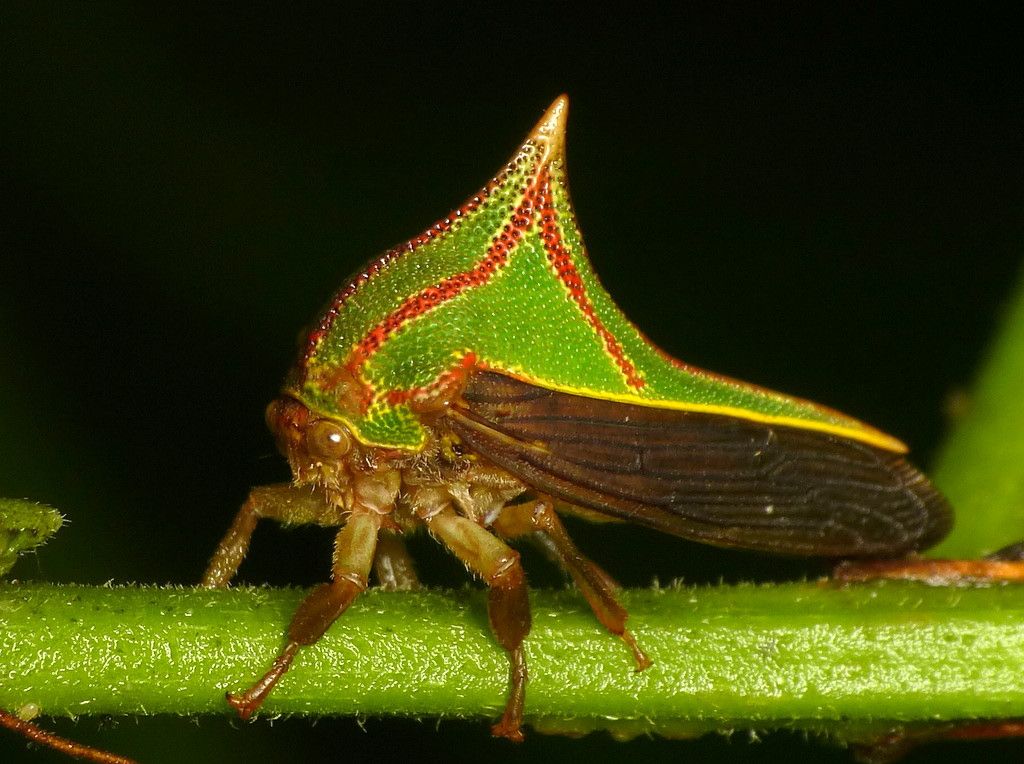
These bugs look exactly like thorns. But they do not display any thorns. Instead, they have a cool-looking brightly colored thorn sticking out of their heads. Part of the treehopper family, these bugs pest on fruit trees in southern Florida.
During heavy infestations, these bugs can form dense clusters around the twigs, branches, and small tree trunks. They cause damage by piercing the plant tissue and sucking the sap out. They also make cuts in the plant for oviposition.
Botfly
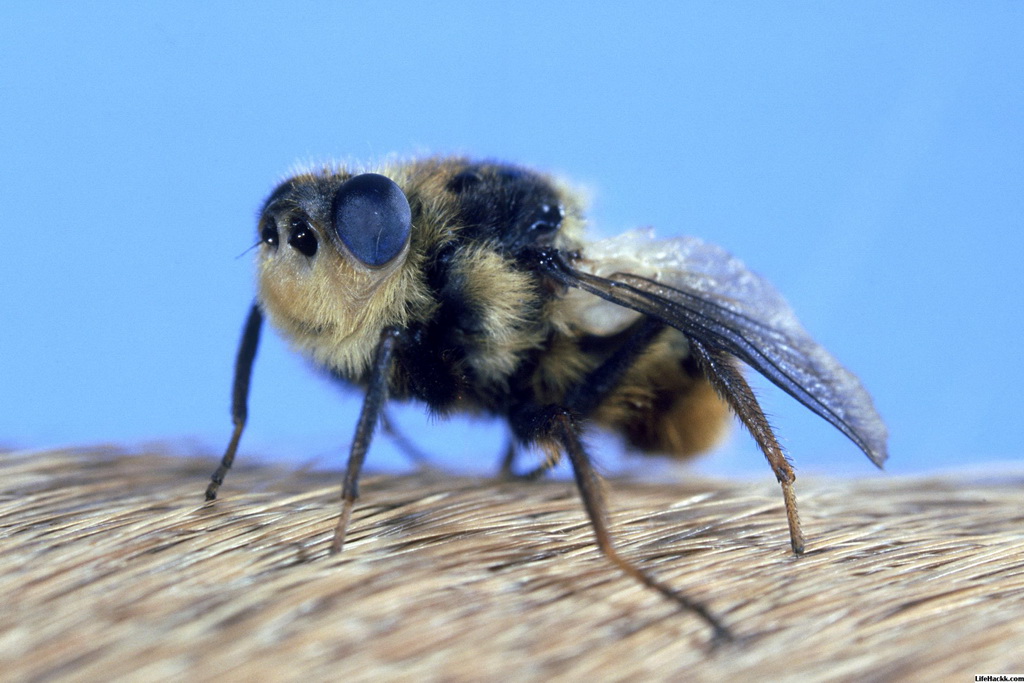
You can also find them by the popular names warble flies, heel flies, and gadflies. They are a family of flies. Their larvae are internal parasites of mammals, and some species can grow in the host’s flesh. Others grow within the gut.
The lifecycle of botflies can vary depending on the species. The word “bot” means “maggot” in this case. They can hijack mosquitos to inject the host with their eggs.
European Mantis
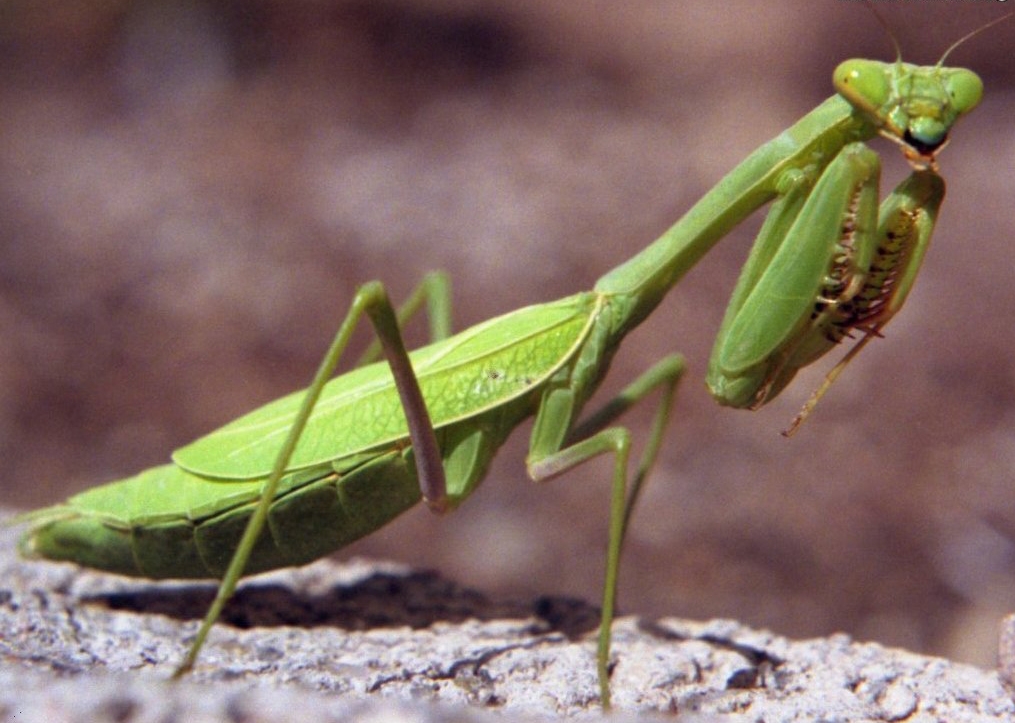
This large hemimetabolic insect goes by the common name praying mantis. Derived from their distinctive posture of the first pair of legs, this mantis resembles a praying attitude. Males and females have elongated bodies with two pairs of wings. But their most striking feature is their mobile, triangular head with large compound eyes.
Another striking feature is their first pair of legs. Called raptorial legs, they are highly modified for the efficient capture and restraint of flying prey.
Males are more active and agile. But females are more powerful. The problem with females is that their adult body can grow too large and heavy for their wings to allow them to take-off and fly.

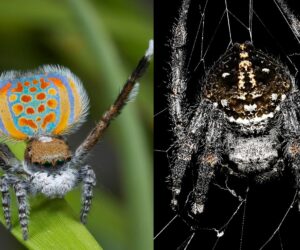
![13 Ugliest Fish Species in The World [With Pictures]](https://www.topinspired.com/wp-content/uploads/2022/12/ugly-fishes-300x250.jpg)
